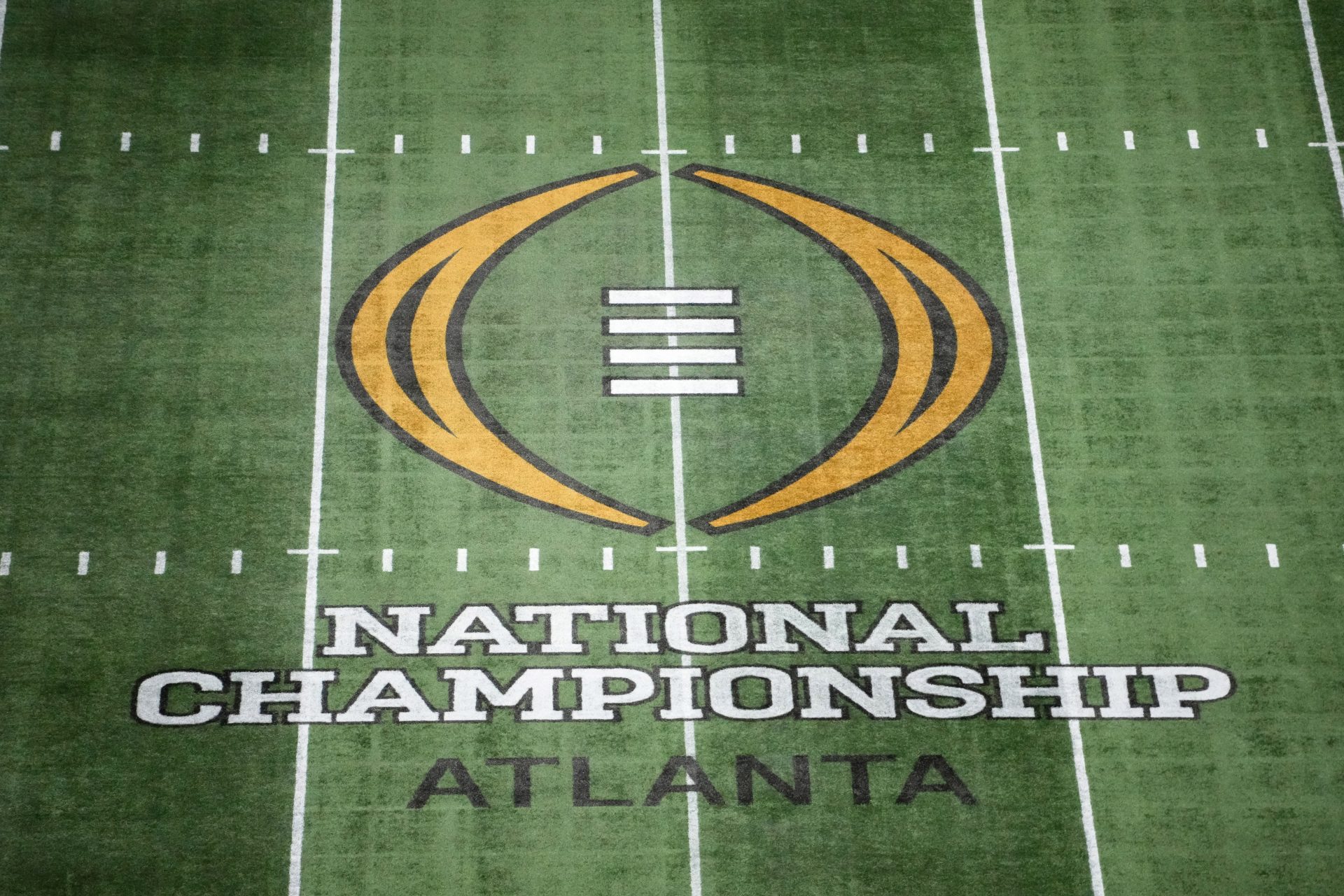For years, the collegiate football fandom rallied for a playoff. And it finally happened when the College Football Playoff (CFP) replaced the much-debated Bowl Championship Series (BCS). From 1998 to 2013, the BCS was everything. It decided who would head-to-head for the national title and which bowls mattered most. While it brought structure, there was a lot of controversy around it.
Fans were tired of computers making decisions and wanted to see more action on the field. So, with the CFP, things became more exciting. But what is the difference between CFP and its predecessor?

5 Things That Set the College Football Playoff Apart from the Bowl Championship Series
1. BCS Loved High Stakes, One-Loss Heartbreaks
Now, with the BCS, every game was like the Super Bowl. One loss meant saying goodbye. That’s what made regular-season games so intense. Take Alabama’s loss to Auburn, for example. One misstep and the entire season was over. That pressure was fierce, but the question is, was it fair?
Meanwhile, the College Football Playoffs give the players a little breathing room. Florida State or Ohio State could lose their conference title games and still make it into the final four. There is less do-or-die drama but more opportunities for redemption. Win some, lose some, but the opportunity to ultimately win is not lost.
2. CFP Brings Calm. Or Does it End the Thrill?
Under the new system, late-season games don’t pack the same punch. Teams like Alabama can chill, knowing they’ve locked in a playoff spot. That cushion might be great for the teams but not so much for the fandom that thrives on action and chaos.
It softens the edge when a team loses a conference title game and still slides into the playoff. For all its criticism, the BCS kept the tension alive until the end. There are no safety nets. It’s just pure pressure.
3. Playoffs Mean It’s Settled on the Field
The biggest win for CFP is letting the top teams prove their worth on the field instead of behind computer screens. The FCS has done it for years, and it works. Fans want to see the best teams battle it, not rely on stats and rankings. The CFP brings that showdown energy the BCS never reasonably could.
4. BCS Let Computers Call the Shots
Nobody likes having a machine call all the shots. But that is precisely what BCS did. Advanced stats and computer formulas had a say in who made the title game. Even when two teams were undefeated, a computer decided who was more “deserving.” It felt cold. It felt robotic. And fans hated it. The CFP changes that. A human committee now makes the call. Sure, there’s still controversy, but at least it’s a room full of people and not just a spreadsheet.
5. Conference Limits Are Out The Door
One of the better moves from BCS was limiting the number of teams from one conference who could crash the bowl party. That kept things diverse. But it also meant powerhouse conferences like the SEC had to leave some big names behind.
College Football playoff removes that rule entirely. If three SEC teams are elite, all three could be cut. Like it or not, it’s more about the best teams now and not where they come from.
In addition, the CFP gives iconic bowls like the Rose Bowl and Sugar Bowl fresh meaning. They rotate as hosts for playoff games, turning them into win-or-go-home battles. Even lesser-known bowls like the Cotton and Chick-fil-A Bowls get a glow-up.
KEEP READING: BACK 2 BASICS: How Does the 12-Team College Football Playoff Work?
While the College Football Playoff is not perfect, at least now, more action happens on the field than computers. And that’s something every fan can cheer for.
College Sports Network has you covered with the latest news, analysis, insights, and trending stories in college football, men’s college basketball, women’s college basketball, and college baseball!

